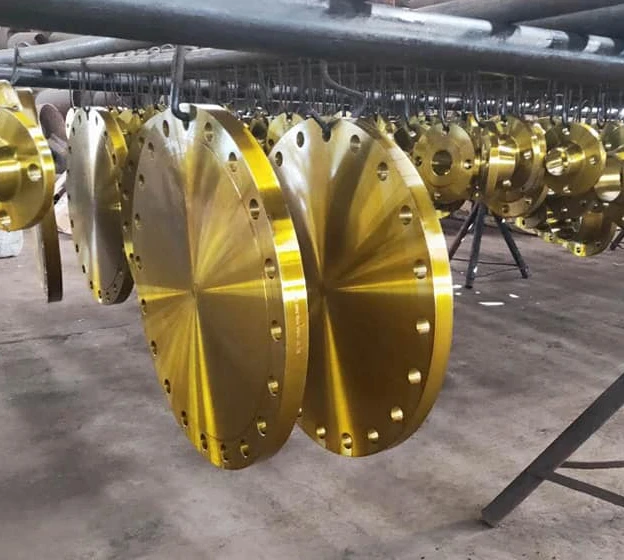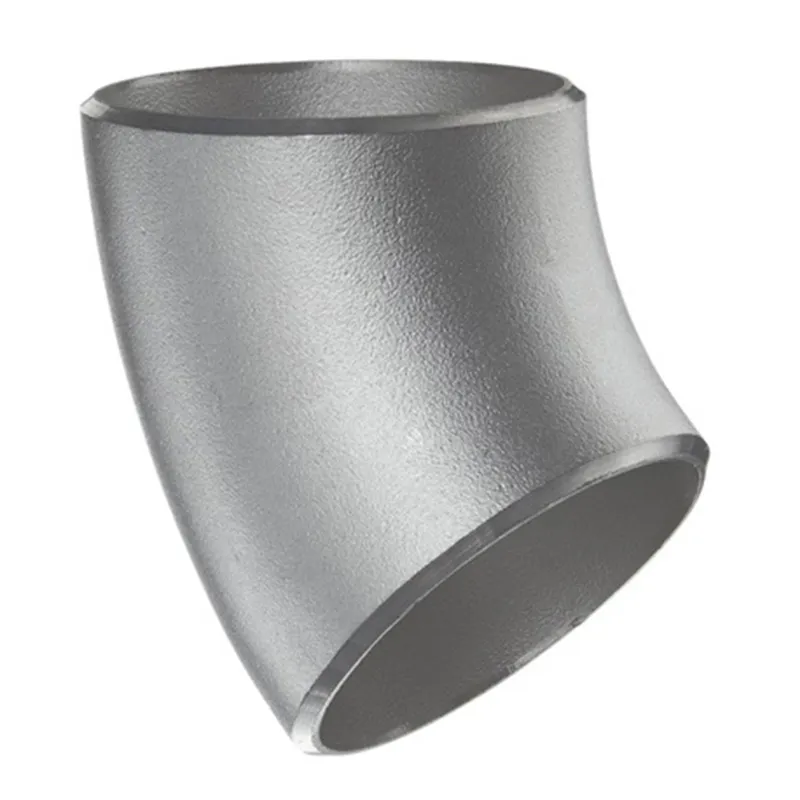-
Cangzhou Yulong Steel Co., Ltd.
-
Phone:
+86 13303177267 -
Email:
admin@ylsteelfittings.com
- English
- Arabic
- Italian
- Spanish
- Portuguese
- German
- kazakh
- Persian
- Greek
- French
- Russian
- Polish
- Thai
- Indonesian
- Vietnamese
- Zulu
- Korean
- Uzbek
- Hindi
- Serbian
- Malay
- Ukrainian
- Gujarati
- Haitian Creole
- hausa
- hawaiian
- Hebrew
- Miao
- Hungarian
- Icelandic
- igbo
- irish
- Japanese
- Javanese
- Kannada
- Khmer
- Rwandese
- Afrikaans
- Albanian
- Amharic
- Armenian
- Azerbaijani
- Basque
- Belarusian
- Bengali
- Bosnian
- Bulgarian
- Catalan
- Cebuano
- China
- China (Taiwan)
- Corsican
- Croatian
- Czech
- Danish
- Esperanto
- Estonian
- Finnish
- Frisian
- Galician
- Georgian
- Kurdish
- Kyrgyz
- Lao
- Latin
- Latvian
- Lithuanian
- Luxembourgish
- Macedonian
- Malgashi
- Malayalam
- Maltese
- Maori
- Marathi
- Mongolian
- Myanmar
- Nepali
- Norwegian
- Norwegian
- Occitan
- Pashto
- Dutch
- Punjabi
- Romanian
- Samoan
- Scottish Gaelic
- Sesotho
- Shona
- Sindhi
- Sinhala
- Slovak
- Slovenian
- Somali
- Sundanese
- Swahili
- Swedish
- Tagalog
- Tajik
- Tamil
- Tatar
- Telugu
- Turkish
- Turkmen
- Urdu
- Uighur
- Welsh
- Bantu
- Yiddish
- Yoruba

Feb . 15, 2025 11:35 Back to list
common flange types
Understanding the diverse range of flange types is essential for industries that rely heavily on pipelines and connected systems. These crucial components are pivotal to maintaining the integrity and functionality of various infrastructures, whether in petrochemical plants, natural gas distribution networks, or water treatment facilities. Common flange types cater to distinct applications and specific engineering requirements, each possessing unique characteristics that render them suitable for particular operational conditions.
Socket Weld Flanges are another type that demands attention, primarily used in smaller size high-pressure piping. These flanges allow the pipe to be inserted into a recessed area of the flange before being secured with a fillet weld. This design is adept at minimizing residual stress at the weld site, consequently reducing the risk of thermal fatigue. Industries dealing with high-stress environments or corrosive substances, like chemical processing, often rely on the precision and secure fittings of socket weld flanges. Lap Joint Flanges are also noteworthy due to their utility in systems requiring frequent disassembly for inspection, cleaning, or maintenance. They comprise two components a stub end – which is butt-welded to the pipe, and the loose backing flange that can be rotated around the stub end for alignment purposes. This configuration eases installation in complex systems with space constraints, highlighting its value in industries like shipbuilding and food processing. The selection of the appropriate flange type is a decision that must be grounded in comprehensive technical analysis and operational foresight. Each flange's specifications, such as material composition, size, pressure rating, and operational environment, must be finely scrutinized to ensure conformity with engineering standards and regulatory requirements. Integrating expert knowledge and operational insights is paramount. Experts in the field maintain that understanding the nuanced performances of each flange type against specified criteria can drastically influence system longevity and reliability. Leveraging advancements in flange designs, materials, and manufacturing processes is central to enhancing adaptability and resilience in modern industrial operations. In conclusion, while choosing the right flange type might seem like a straightforward task, it encompasses intricate considerations that directly impact system performance and safety. By recognizing the specific strengths and limitations of common flange types and aligning them with precise operational demands, industries can achieve optimized functionality and enhanced operational safety, ultimately securing their technological edge in a competitive market landscape.


Socket Weld Flanges are another type that demands attention, primarily used in smaller size high-pressure piping. These flanges allow the pipe to be inserted into a recessed area of the flange before being secured with a fillet weld. This design is adept at minimizing residual stress at the weld site, consequently reducing the risk of thermal fatigue. Industries dealing with high-stress environments or corrosive substances, like chemical processing, often rely on the precision and secure fittings of socket weld flanges. Lap Joint Flanges are also noteworthy due to their utility in systems requiring frequent disassembly for inspection, cleaning, or maintenance. They comprise two components a stub end – which is butt-welded to the pipe, and the loose backing flange that can be rotated around the stub end for alignment purposes. This configuration eases installation in complex systems with space constraints, highlighting its value in industries like shipbuilding and food processing. The selection of the appropriate flange type is a decision that must be grounded in comprehensive technical analysis and operational foresight. Each flange's specifications, such as material composition, size, pressure rating, and operational environment, must be finely scrutinized to ensure conformity with engineering standards and regulatory requirements. Integrating expert knowledge and operational insights is paramount. Experts in the field maintain that understanding the nuanced performances of each flange type against specified criteria can drastically influence system longevity and reliability. Leveraging advancements in flange designs, materials, and manufacturing processes is central to enhancing adaptability and resilience in modern industrial operations. In conclusion, while choosing the right flange type might seem like a straightforward task, it encompasses intricate considerations that directly impact system performance and safety. By recognizing the specific strengths and limitations of common flange types and aligning them with precise operational demands, industries can achieve optimized functionality and enhanced operational safety, ultimately securing their technological edge in a competitive market landscape.
Next:
Latest news
-
ANSI 150P SS304 SO FLANGE
NewsFeb.14,2025
-
ASTM A333GR6 STEEL PIPE
NewsJan.20,2025
-
ANSI B16.5 WELDING NECK FLANGE
NewsJan.15,2026
-
ANSI B16.5 SLIP-ON FLANGE
NewsApr.19,2024
-
SABS 1123 FLANGE
NewsJan.15,2025
-
DIN86044 PLATE FLANGE
NewsApr.19,2024
-
DIN2527 BLIND FLANGE
NewsApr.12,2024
-
JIS B2311 Butt-Welding Fittings LR/SR 45°/90° /180°Seamless/Weld
NewsApr.23,2024











